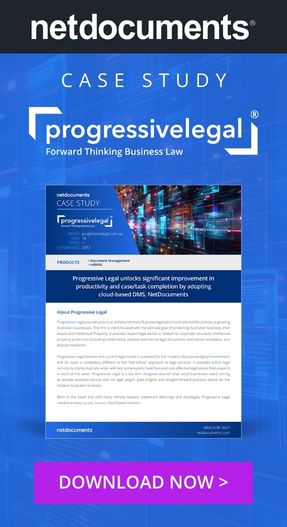
Legal Design Thinking Evolves for Law Firms
Melissa Lyon of Hive Legal recently conducted a compelling session as part of PracticeEvolve's INTEL series, focusing on the increasingly popular concept of Legal Design Thinking in modern legal practice.
Legal Design Thinking is an innovative problem-solving approach that combines creativity and empathy to enhance legal services. It prioritises understanding clients' needs and devising solutions to make legal processes more user-friendly and efficient.
Implementing Legal Design Thinking offers numerous benefits for law firms, enhancing both operational efficiency and client satisfaction. It simplifies legal documents and processes, making them more understandable, and provides personalised services, leading to higher client satisfaction. Streamlining workflows and utilising technology to automate routine tasks increases overall efficiency. By developing innovative service models like online platforms, firms gain a competitive edge and stand out in the market.
Improved collaboration is another key benefit, promoting teamwork with diverse expertise and involving clients in co-creating solutions. Better risk management is achieved by identifying and addressing potential issues early while fostering a culture of adaptability and resilience. Greater accessibility is realised through the design of pro bono, low-cost services or value-based pricing, as well as the creation of educational tools for clients.
Employee satisfaction is enhanced by fostering an engaging and innovative work environment that encourages continuous learning and growth. Sustainable growth is supported by building long-term client relationships and developing scalable solutions for future expansion. Overall, it is no wonder that the concept of Legal Design Thinking is gaining in popularity among forward-thinking firms.
To successfully implement Legal Design Thinking, however, law firms must embrace certain mindsets and behaviours:
- Purpose: Maintain and share a clear and compelling purpose to inspire and guide the team, ensuring that actions and decisions align with this purpose.
- Empathy: Understand and address the needs and perspectives of clients, employees, by asking what's not working with empathy to identify and solve pain points.
- Collaboration: Work effectively with multidisciplinary teams to leverage diverse expertise and foster collaboration and innovation.
- Experimentation: Embrace innovation and tolerate failure as part of the learning process, promoting calculated risk-taking to encourage experimentation.
- Creativity: Encourage creative thinking and the exploration of new ideas and solutions, looking ahead to identify opportunities and inspire creativity within the team.
Melissa's session is available to view on-demand and provides a step-by-step overview of the Legal Design Thinking process and examples of real-life applications within law firms.
For those interested in understanding the current legal trends and challenges for Australian law firms, join PracticeEvolve’s upcoming INTEL session on June 13th with Sharon Henderson, a specialist legal recruiter and Director at Legal People. The session, titled "AI & The Future of Legal Recruitment: Trends and Strategies for 2024," is designed for HR leaders, partners, and hiring managers in law firms.






